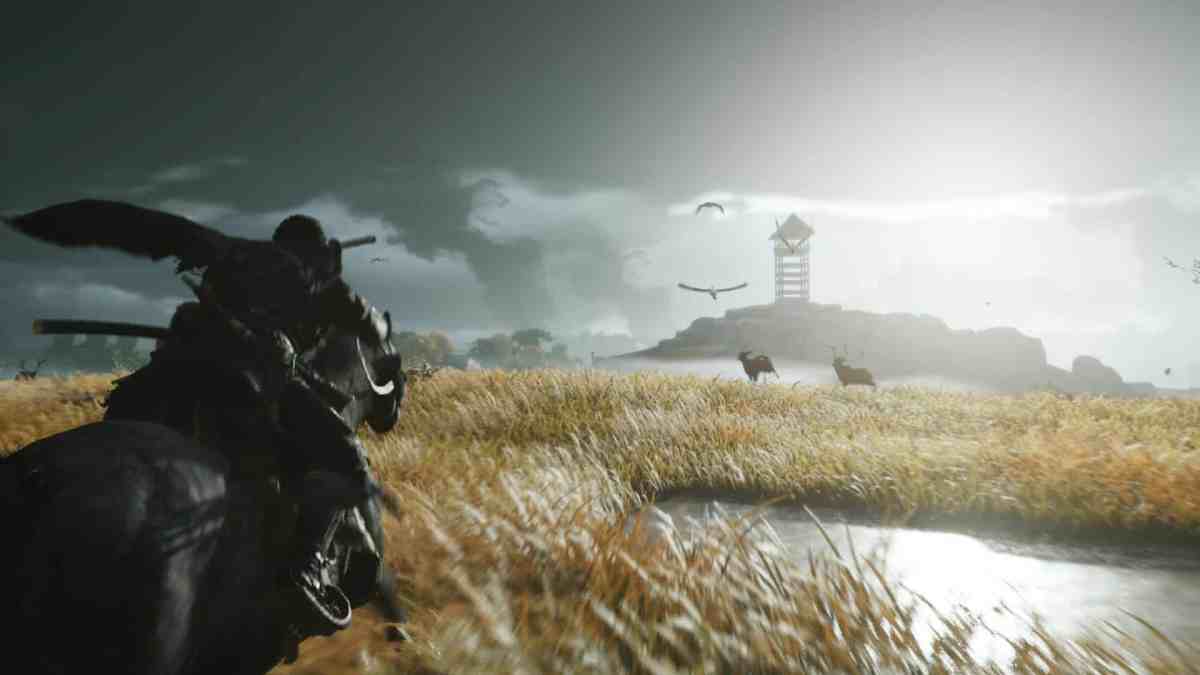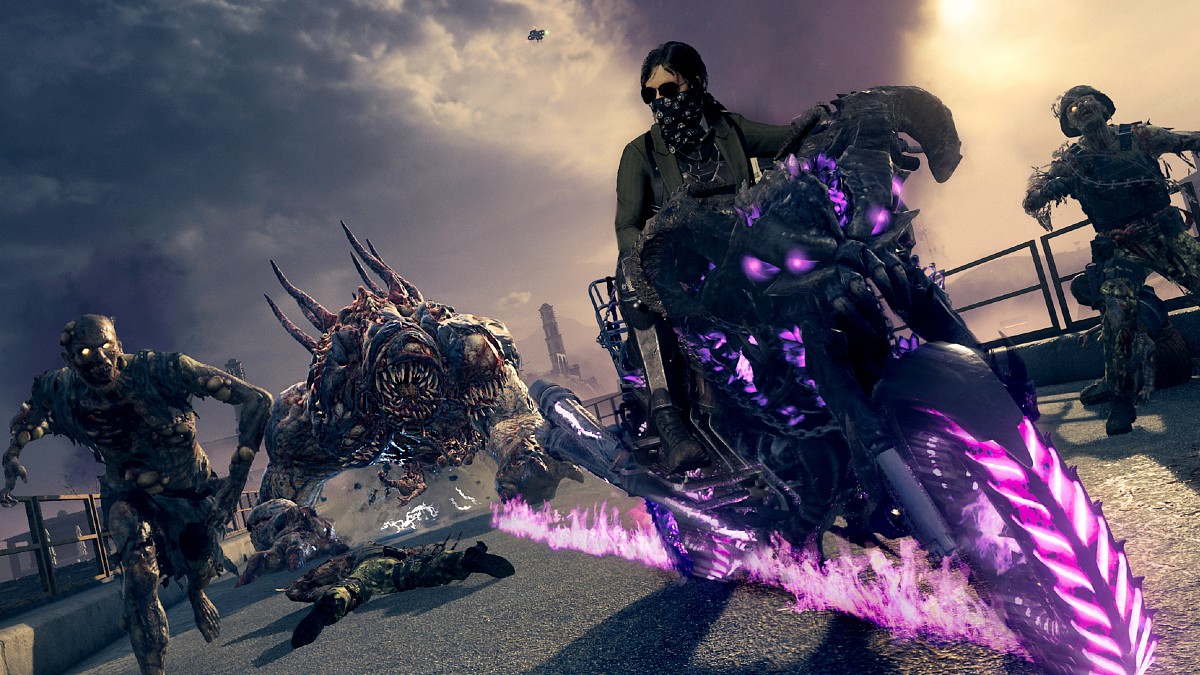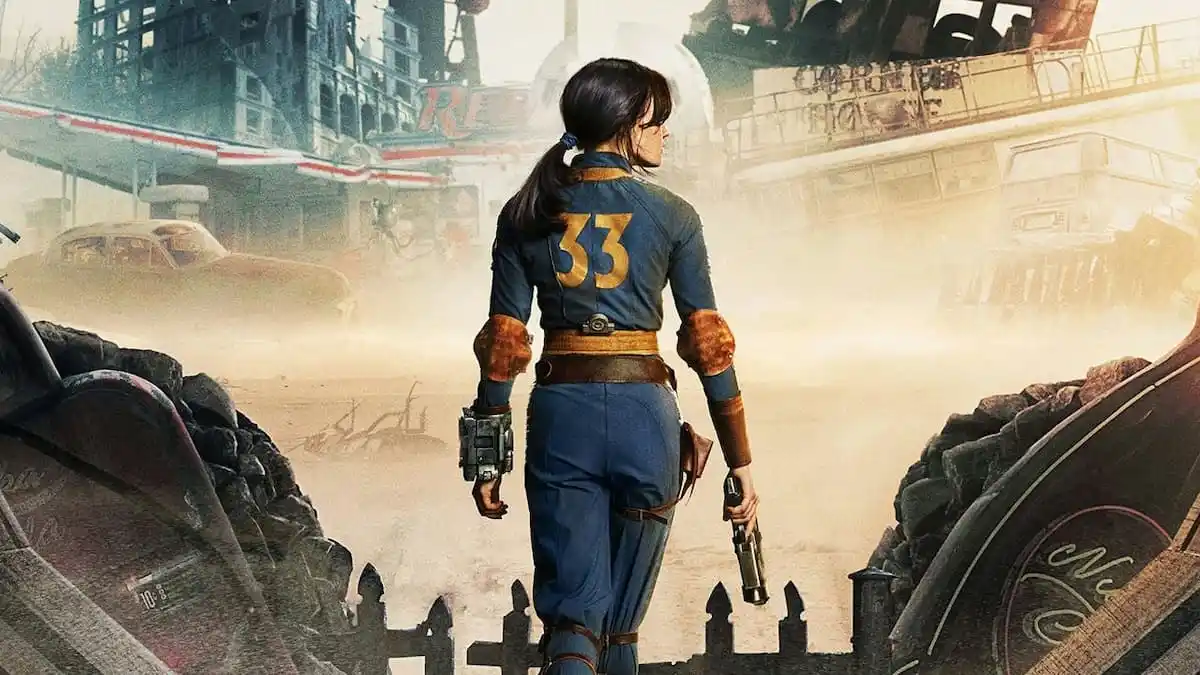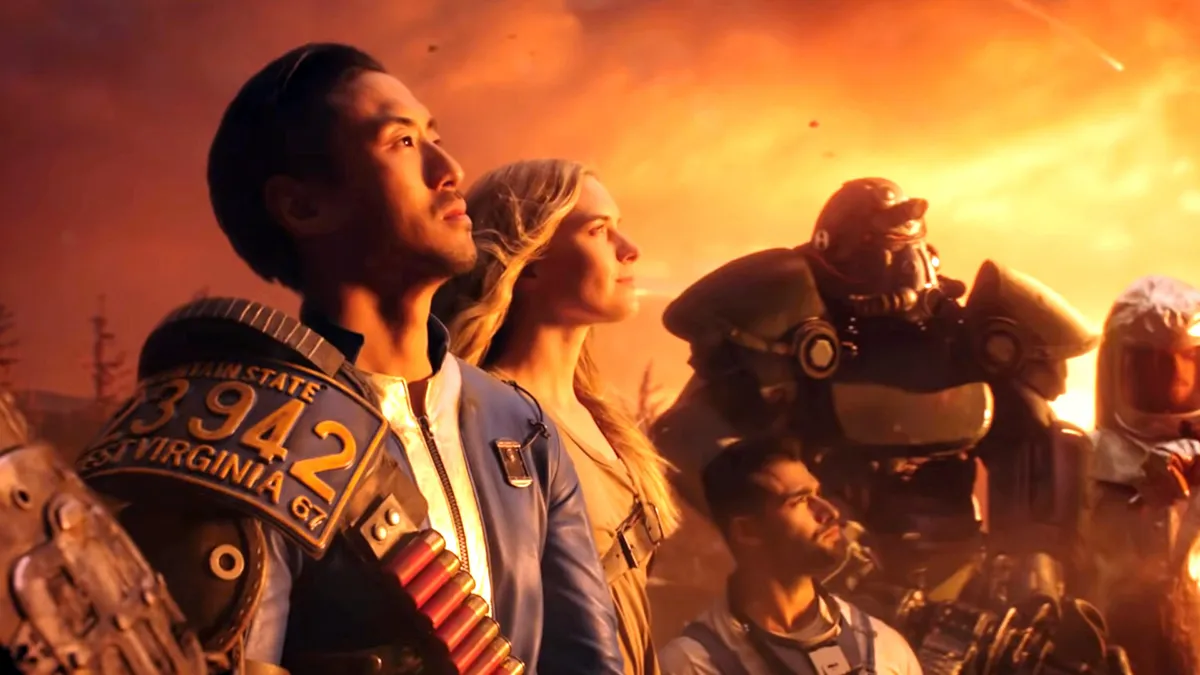Since releasing Infamous Second Son and First Light back in the early days of the PlayStation 4 in 2014, Sucker Punch Productions has spent most of the console generation nose-down in work. And by the looks of it, that attention is going to pay off, as Ghost of Tsushima is primed to be one of the last major exclusives on the PS4 before Sony fully embraces the next generation this fall with PlayStation 5. But just because Tsushima is built on aging hardware doesn’t mean the game looks or feels dated — far from it. In fact, one of the things that stood out to me during the recent State of Play blowout on Ghost of Tsushima was how its world looks equal parts remarkably gorgeous and mindfully lonely, which are the exact ways I would describe some of my favorite open worlds from the past few years.
Ever since Grand Theft Auto III hit PlayStation 2 in 2001, open-world games have become one of the dominant genres across the medium. This has only grown over the course of the past two decades, with these digital playgrounds becoming increasingly crammed with busy icons representing quests, points of interest, notable characters, and copious collectables. But it’s far too often that these games end up feeling bloated under the weight of their own stuff, which ends up dissolving any sensation of pure discovery and curiosity.
It’s rare that a game’s massive world is able to deftly balance both scope and depth, with the two main examples in recent memory being 2017’s The Legend of Zelda: Breath of the Wild and 2018’s Red Dead Redemption 2. That’s why my expectations for Ghost of Tsushima reached a new level when Sony showed off a world design that seemed to pull elements and philosophies from both of these masterpieces, while adding its own joie de vivre to the experience.
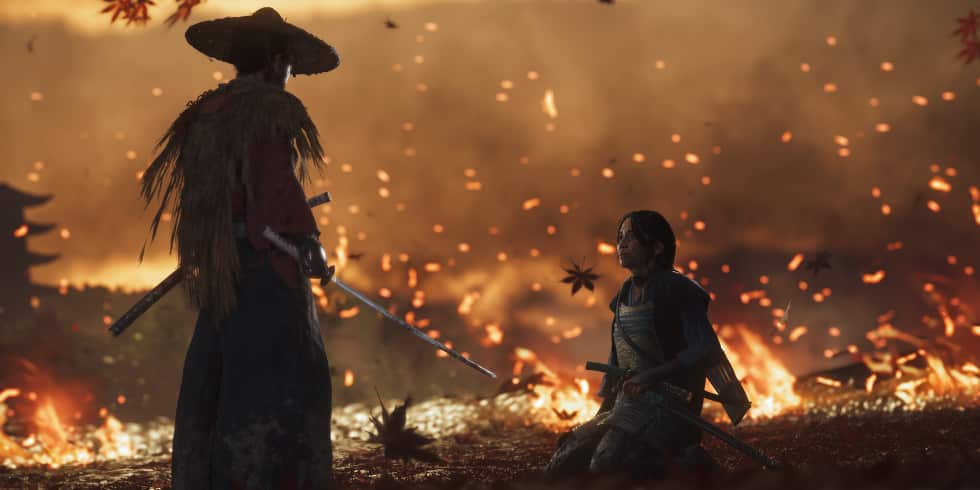
Sucker Punch hasn’t been shy about being inspired by these two games, either. In an interview with LADbible, Tsushima director Nate Fox praised Red Dead Redemption, saying that its “Landscape, the way that people talk to you, the way that you move — all have it brought you into that identity.” And when it came to Zelda, Fox remarked how the studio was inspired by Nintendo, saying that, “When we’re building the game, and a game like Breath of the Wild comes out — that does such an amazing job of showing how the power of curiosity can be stoked in all these many ways … I think that that game really inspired us to try even harder, to go deeper, to just clear out the decks so that you could be just as present as possible in Tsushima.”
Right off the bat, Tsushima presents its beautiful rendition of the Japanese island without the clutter of a busy HUD. This minimal UI allows the world and its inhabitants to speak for themselves, exactly the way BotW and RDR2 do. These games don’t need to rely on cluttered elements and intrusive visuals that point you to your destination. Instead, the three games seem to share an almost-Shinto approach to nature — there’s a spirituality in the world around you that helps form a bond among the player, the flora, and the fauna that all coexist together. This unified sensation is best experienced in the calm moments, which in turn make the violent moments stand out even more.
From the very start of the demo, it’s clear that the world is alive and full of movement. From the rustle of Jin’s garments, to dancing fires in the distance that give way to rising plumes of smoke, to the way tall grass bends and sways to the call of the wind. The ways in which these elements catch your eye don’t feel like manipulative baubles, but rather subtle calls to curiosity. As Ghost of Tsushima’s art director Jason Connell put it, “Exploration has been at the heart of our island since the very beginning. But you can’t have exploration without curiosity.” I feel like this distinction is key to what places the philosophy of Tsushima’s open world in the same league as the two aforementioned modern classics.
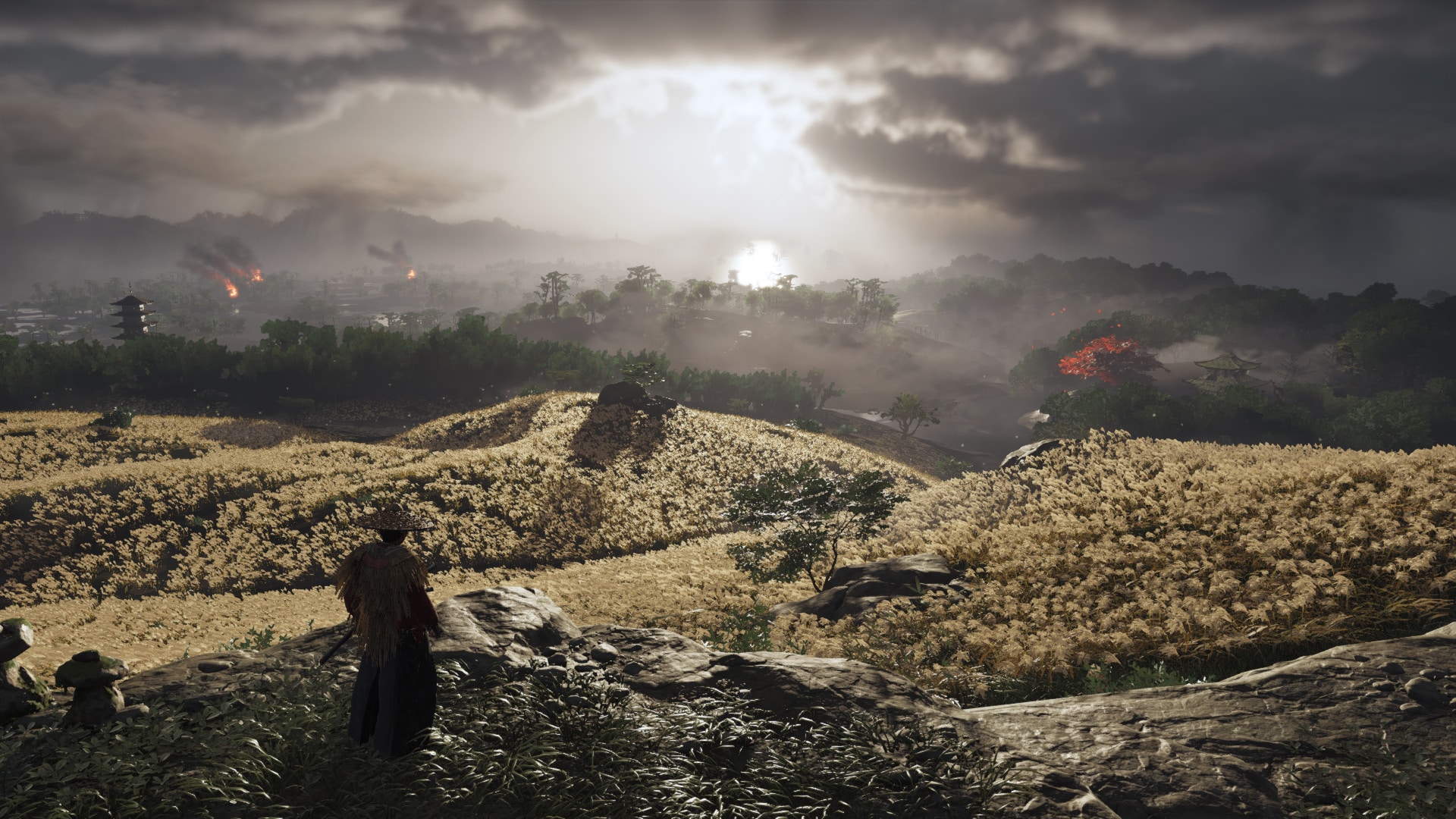
That early shot from the recent State of Play of Jin looking over the hillside reminds me of The Legend of Zelda: Breath of the Wild’s initial call to adventure atop the Great Plateau. Both moments convey a powerful sensation of freedom that promises to reward those of us who venture out into the unknown. But instead of feeling like you’re completing your daily chores, Tsushima’s aim is to guide you through naturalistic means. Think about the way it eschews traditional intrusive waypoint markers in favor of a guiding wind that blows in the direction of your desired adventure, like a Hokusai woodblock come to life. When designing this feature, Connell stated that the team asked themselves, “How can the island guide you in the most thematic and immersive ways possible?”
This philosophy also shares much in common with Red Dead Redemption 2. When I saw Jin mount his horse and take off down the hillside, I had distinct flashbacks to the hundreds of hours I spent roaming Rockstar’s world as Arthur Morgan. It was less about some grand mission and more becoming a small part of this much larger ecosystem. The mere act of riding out until the sun sets, setting up camp, and just watching the stars fill up the night’s sky made the world feel more alive than a thousand points of interest on an in-game map ever could.
My favorite thing to do in an open-world game is to ignore whatever the main quest currently might be and simply get lost. It’s in these moments, usually far off the beaten path, that you can really start to see and feel what a world is made of. Tsushima seems to be embracing this by providing subtle landmarks that draw the eye in. Things like smokestacks on the horizon, interesting or oddly shaped trees, or even animals trying to get your attention all meld together to stoke the natural flames of curiosity, much like they did in both of the aforementioned games. Being able to pique my interest from a distance and then actually deliver a payoff once I’ve arrived actually makes it feel like I’ve earned whatever it is that I’ve discovered.
It’s been a long time since we last got to experience a Sucker Punch Productions world. And in that time, the genre has evolved quite a bit, with Nintendo and Rockstar both setting new high-water marks in creating meaningful relationships between the player and the worlds they inhabit. But from everything we’ve seen so far, Ghost of Tsushima appears to be drawing inspiration from both of these modern classics, while simultaneously adding its own unique flair, and I cannot wait to get utterly lost in their world.

